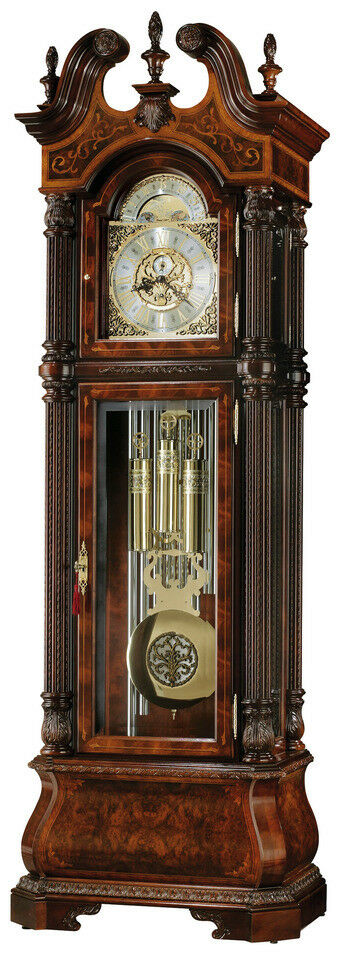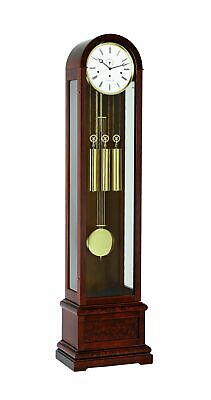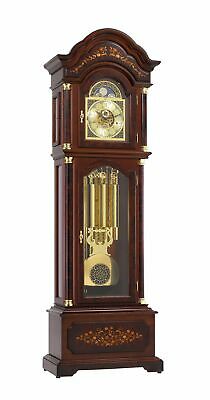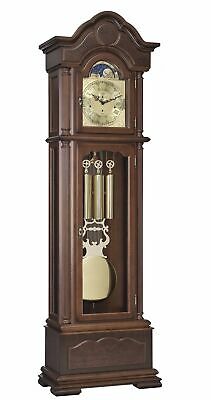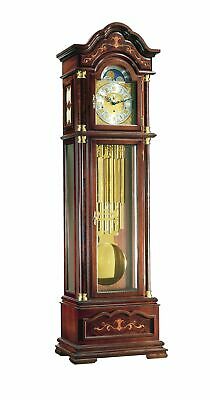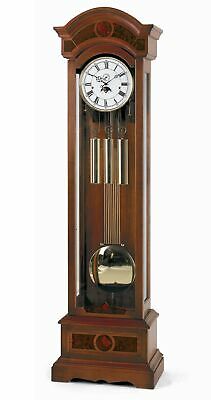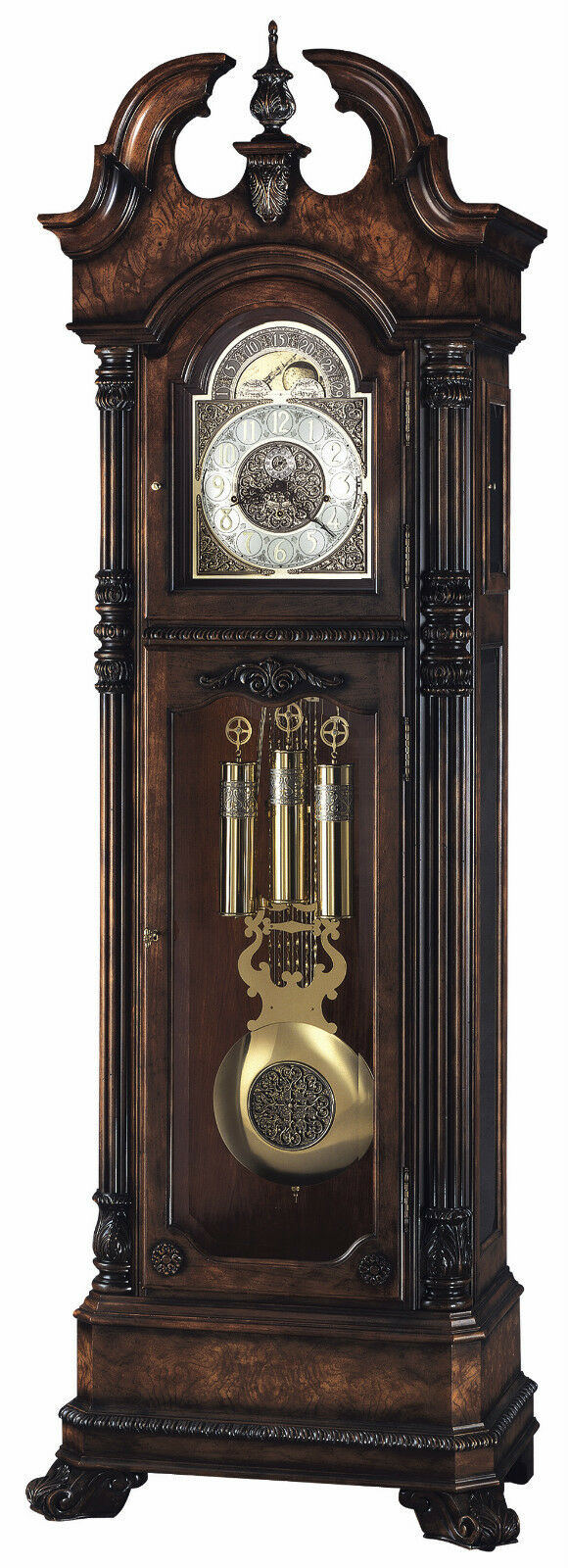-40%
Antique Wall Clocks, Vintage Mantel Clocks, Antique Cuckoo Clocks
$ 84.48
- Description
- Size Guide
Description
Vintage Clock Iron Vintage Look Double Side Railway Style Clock (Brass , 3.9 X 5.9 X 5.9 Inch)Size : 6x6 Inches (15x15 CMS) , Dial Size : 6 Inches (15 cm)
Hand-Crafted Clock with Brass Electroplating Finish , Design with Rare Royal Touch - Comes with Batteries , Stand and Screws for Wall Hanging
Clocks as we know them today, with dials indicating the hour and minute of the corresponding time, originated in medieval Europe and were predominantly installed in churches and town halls. It wasn’t until the 19th and 20th centuries that clocks evolved at an exceedingly swift rate, resulting in greater accuracy, more refined designs, and more frequent appearances in people’s homes.
In both the United States and internationally, astrological, tall-case, year-long runners, and skeleton clocks are in demand. “E. Howard and Seth Thomas are two of the bigger names that collectors are seeking out right now,” says Matt Cottone, auctioneer, appraiser, and specialist at Cottone Auctions. Buyers of antique and vintage clocks today range from collectors who own hundreds of them, to the retail buyers who’ve been looking for the right grandfather clock to display in their living room.
“Collectors pay close attention to rarity and condition,” adds Cottone. “For early American clocks, they look for original glass tablets, original painted dials, and the original finish or actual wood case. With European clocks, specialists tend to be a bit more forgiving in terms of condition because it has more to do with the movements and gears. A replaced gear on a European clock, for example, may be more acceptable than a replaced tablet or dial on an American clock.”
Antique Wall Clocks
Wall clocks, which were first made during the 16th and 17th centuries, are among the earliest styles of clocks designed for display within the home. They not only tell time but also serve as sculptural works of art adorning the room. One of the most fashionable styles of antique wall clocks is the Ansonia hanging clock, made by Ansonia Clock Company, which originated in Ansonia, Connecticut in 1851 and moved to Brooklyn, New York in 1878. Ansonia clocks are usually made of a combination of brass and high-quality wood and decorated with ornately executed designs, such as mini-friezes, classicizing figures, and floral and geometric designs inspired by ancient Greek architecture.
Bidermeier clocks, made in Germany and Austria between 1815 and 1848, are another popular type of antique wall clock. Produced primarily for a burgeoning middle class knowledgable of the value of furniture and interior design, Bidermeier clocks exhibit simple yet elegant features. One of the main identifying characteristics of this refined style is the juxtaposition between the sleek, straight lines of the clock’s torso and the delicate curves of the baroque and gothic motifs decorating the upper and lower portions of the case.


